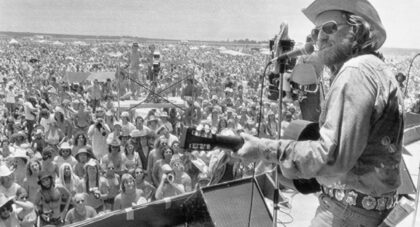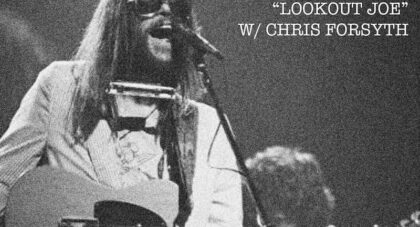Ahead of the release of The Dharma Wheel, Ethan Miller of Howlin Rain discusses the dark comedy of Ottessa Moshfegh, adventurous music by King Crimson and Stevie Wonder, Thomas Pynchon's V, Capote, and the genre unto itself filmography of Almodovar . . .
Only the good shit. Aquarium Drunkard is powered by its patrons. Keep the servers humming and help us continue doing it by pledging your support.
To continue reading, become a member or log in.


